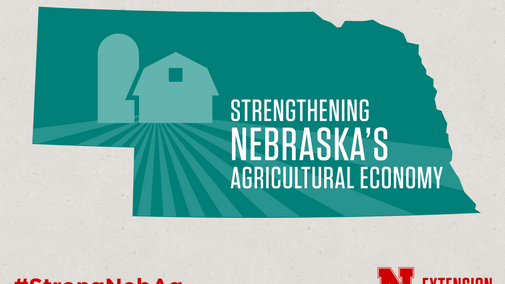Some Nebraska producers may be feeling a financial crunch and considering some unfamiliar options to manage their debt. For those negotiating a workout agreement with their creditor or creditors to restructure debt under challenging financial circumstances, consider the points to consider and recommendations.
Get Outside Financial Advice
You need independent financial advice regarding whether your operation is economically viable. Financial counseling is available from
- the Nebraska Rural Response Hotline at 800-464-0258, and
- the Nebraska Negotiations Program, 402-471-4876.
More articles in this series
Each program has financial counselors who can advise you regarding:
- Are your production costs too high? Should they be reduced? If so, how?
- Are your family living expenses too high? Should they be reduced? If so, how?
- Is a new piece of land or equipment too expensive to pay for itself?
- Should the property be liquidated and the associated debt retired?
- Is your cash lease too high? Will the landlord agree to a lower cash rent? If not, should you withdraw from the lease?
Consider a Debt-Restructuring Option
- Extend loan repayment terms to reduce annual payments.
- Lower loan payments with a balloon payment some years down the road. This requires the loan to be either renegotiated or refinanced (perhaps with a different lender).
- Give creditors additional loan collateral.
- Turn an annual operating loan into a separate secured fixed-term loan.
- Negotiate how to share the proceeds from the new crop among creditors.
If one objective of your workout agreement is to continue receiving operating credit, the agreement should specify how much annual debt reduction is required in order to qualify for continued operating financing. And you need to be able to reasonably generate sufficient income to meet the annual debt reduction requirements.
If Adding a Cosigner, Consider These Steps
If the debt restructuring arrangement includes loan cosigning, the cosigner needs to:
- Determine whether the cosigning the loan will be effective. With the loan guarantee will the producer be able to turn things around financially? How will it happen? How many years will it take?
- Set a loan guarantee limit and reduce the limit as the associated debt is reduced each year.
- Set the annual debt reduction requirement to qualify for continued financing.
- Consider whether the person making the loan guarantee can afford to lose the entire amount guaranteed.
Also see
Things to Consider Before Co-Signing a Loan
Related Articles in Strengthening Nebraska's Agricultural Economy
If the workout agreement includes the sale of property or turning property over to creditors, you need to consult with your tax advisor regarding capital gains tax, and debt forgiveness income. Also, if you voluntarily turn property over to the creditor, negotiate for a deficiency judgment waiver so if any unpaid debt remains, that loan deficiency is forgiven.
Conclusion
Negotiating a debt workout agreement is challenging. This checklist can help you work with your financial advisors to assess your options. If you do negotiate a workout agreement, get it in writing and have it reviewed by an attorney before you sign it.
Note: This information is provided for educational purposes; it is not intended as legal advice.

